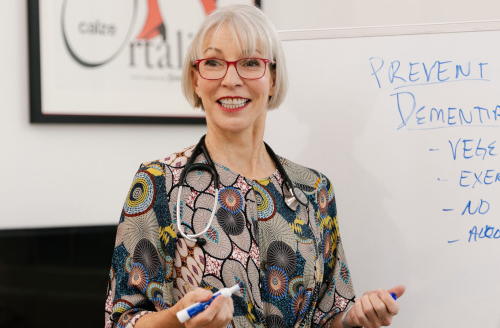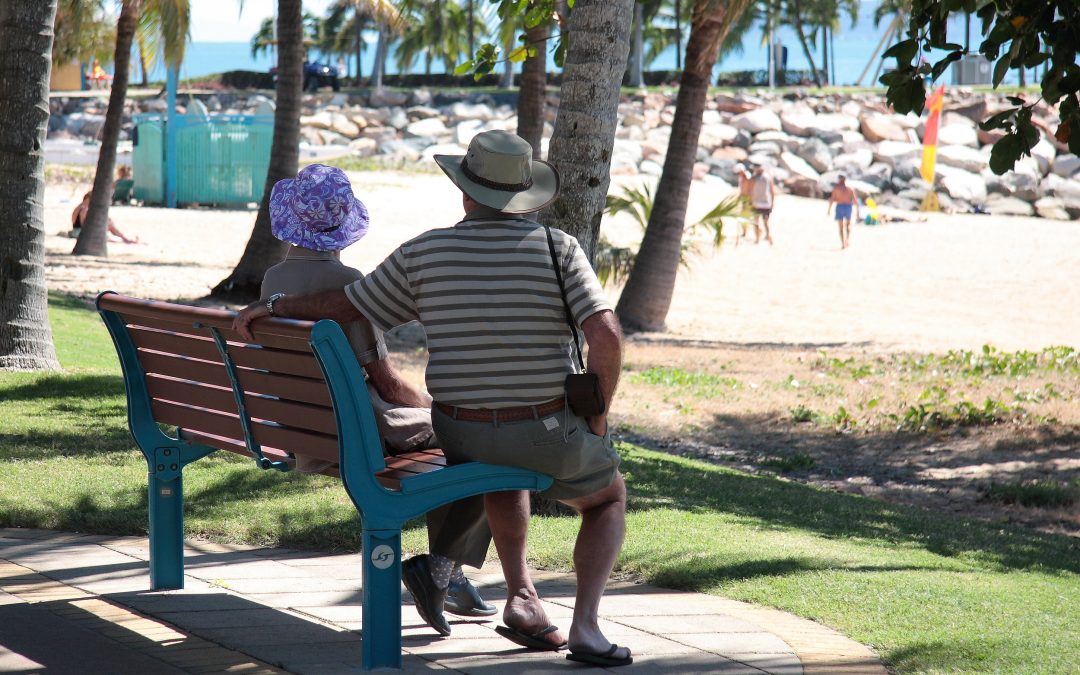Excellent article by local RN and author J. Redwing Keyssar
What Do We Want? Humane, holistic affordable health care especially at the end of our lives
When Do We Want It? Now!
Most “Baby Boomers” — numbering in the millions — are going to die during the next 25-40 years. It’s not something we like to think about, but it’s true. To the extent that we do think about it, we hope to have what numerous writers in recent years have referred to as “the good death” — a death of compassion, grace, peace and understanding. Unfortunately, neither our health care system nor our culture is prepared to make that happen. If things are going to change in time to be of some benefit to us as well as those who come after us, we need to launch a political and social movement that supports peoples’ rights to appropriate health care.
American society has certainly recorded advances in its approach to death and dying over the last half century, particularly in the last 15-20 years.
It is not a coincidence that the hospice movement happened simultaneously with a powerful civil rights movement as well as a transformative women’s movement. As Dr. Eric Cassell reminds us in the film, Pioneers of Hospice, “In the 1960s the private life became public. The personal became public and suffering became public.” The personal, as we understood from the women’s movement, also became political — and the subject of public policy.
- 1974: First federal hospice legislation was introduced to provide federal funds for hospice programs
- 1982: Congress included a provision to create a Medicare hospice benefit in the Tax Equity and Fiscal Responsibility Act of 1982. This benefit assures that those with a terminal illness (as substantiated by a physician to have a prognosis of six months or less) would receive a medical program of care and support provided by a specially-trained team of health care professionals. The hospice program focuses on comfort rather than cure.
Thanks to this legislation and the broader hospice movement, pain and suffering and how we care for our elders and our sick finally became a public discussion and the mandate to relieve that suffering became the work of our health care professionals. However, most people still die in hospitals and nursing homes, without hospice care, often receiving costly but ultimately futile medical care.
To truly change health care at the end of life we need to go beyond hospice institutions to more fully develop and embrace the medical approach known as palliative care.
Palliative care is NOT the same as hospice care, although many people, including health care professionals, are confused about what it does mean. Palliative care is about addressing symptoms of distress on every level — physical, emotional, spiritual, psychological, throughout the course of an illness, not just in the last six months of life, which is the realm of hospice care in America. Palliative care offers extra layers of support to people who are already dealing with serious medical issues but need more than our fragmented system can offer them. Palliative care includes communication about what it feels like to have a disease; understanding the impact of social and financial issues on the course of illness; spending enough time with people to appreciate the spiritual aspects of their lives — whether that is a religious affiliation or a love of music or nature or something completely personal.
The recent findings of the report on “Dying in America” from the Institute of Medicine are encouraging in stating: “A substantial body of evidence shows that broad improvements to end-of-life care are within reach.” In the key findings, it states, “Palliative care is associated with a higher quality of life, including better understanding and communication, access to home care, emotional and spiritual support, well-being and dignity, care at the time of death, and lighter symptom burden.” All of us will need and want holistic, compassionate care when we are facing serious illness, but this type of care will not be widely available unless we understand it, and demand it, NOW. We will only get palliative care if we, the public, the “consumers,” demand that insurance companies and ACOs and Medicare adequately cover palliative care, homecare, and hospice care. Currently, hospice care is the only type of homecare covered by Medicare, and palliative care is predominantly only covered in hospital settings.
We know that palliative care saves money, improves lives, and improves outcomes. The well-known “Temel study,” for example, showed significantly improved quality of life as well as survival, and the new Institute of Medicine report is a big step in showing the benefits of palliative care for patients, families and for the bottom line economically.
None of us will “get out of here alive” — not politicians, not CEOs of insurance companies, no one. So why not work as hard as we possibly can to transform the culture of dying in America from one of fear and pain and anxiety and excessive spending of health care dollars, to one of acceptance and understanding? Palliative care is the means to achieve this end, but we’re not going to get it unless — while we’re still healthy — we demand legislation and policies that reflect the needs of an aging population and honor that great mystery that we call Life.
What Can We Do?
- Revive local end-of-life coalitions
- Support public policies that further the conversations about pain and suffering, living and dying, palliative care and hospice. o http://thehill.com/policy/healthcare/213102-advocates-call-on-lawmakers-to-expand-palliative-care#ixzz38ibjcjlI
- Meet with our own families and friends co-workers to have conversations about Advance Directives for Healthcare and our wishes for end of life care
- Create communities, as they have done in LaCrosse, Wisconsin, that encourage citizens and health care systems alike, to support honest conversations around end-of-life care. o http://www.gundersenhealth.org/respecting-choices o http://theconversationproject.org
- Normalize not only the conversation about death, but also the reality that it is simply a part of life, for each and every one of us.
- Attend your local “death café” meeting — a new and creative way to have conversations about death and dying o http://www.deathcafe.com
- Demand an end to the cuts in hospice budgets that are decreasing services at a time of increasing need
- Demand that our social service systems adopt programs to support family caregivers of dying loved ones, who suffer mightily and need much more support than is recognized or provided.
- Show up at the bedsides of those you care about who are dying, and offer your presence and support
Finally, we must re-design a health care system where holistic, palliative care of those with serious illness and those who are dying becomes the standard best practice of care, not the exception.
J. Redwing Keyssar RN, Author, “Midwife to the Dying”; Director Palliative Care, Jewish Family/Children’s Services, San Francisco www.lastactsofkindness.com

Elizabeth (Dr Liz) has over twenty years of experience in providing medical care to the elders. She is board-certified in Internal Medicine, Geriatric Medicine and Palliative Care Medicine. Dr Landsverk founded ElderConsult Geriatric Medicine, a house calls practice, to address the challenging medical and behavioral issues often facing older patients and their families.

